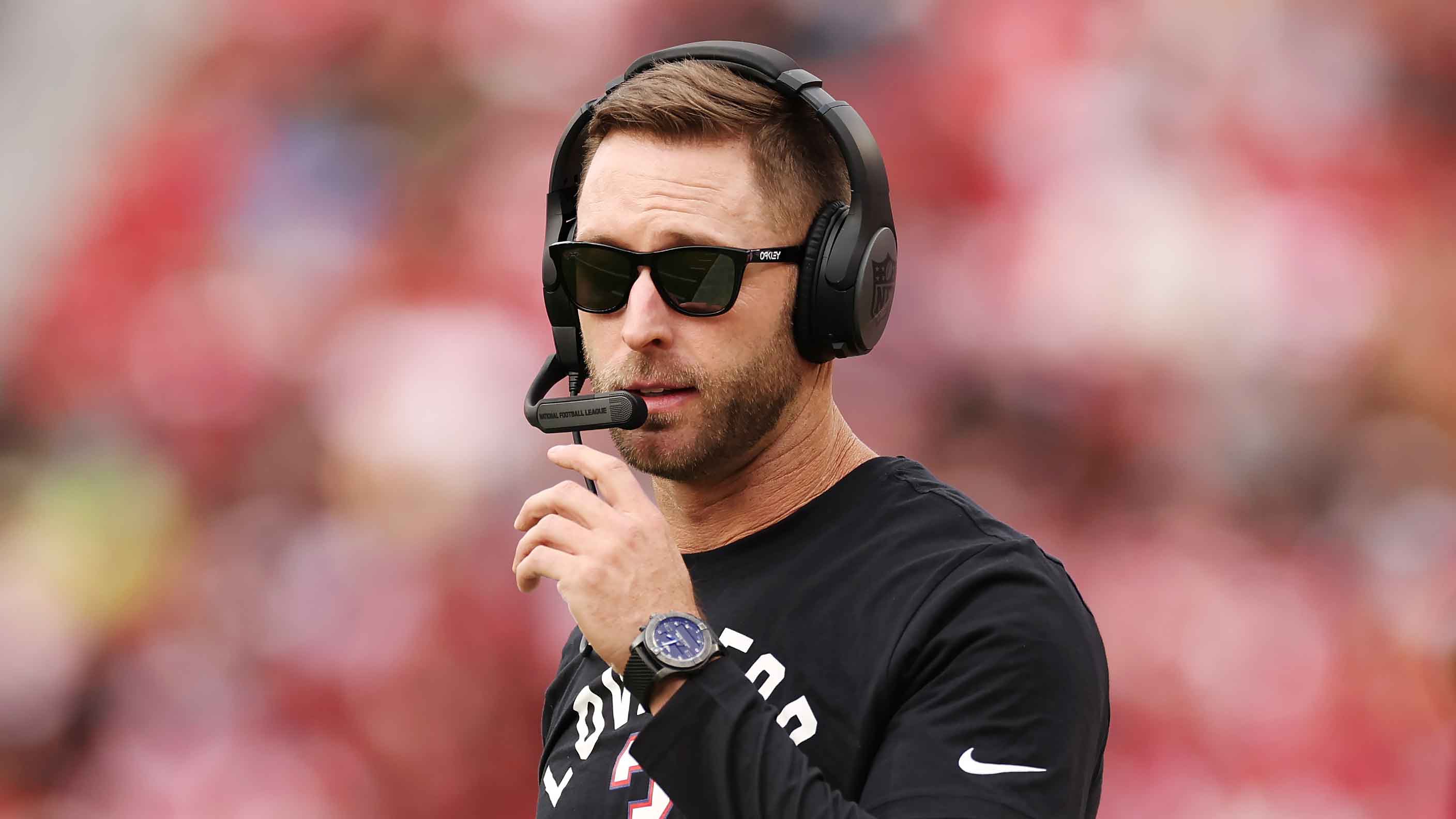In a giant blue, white, and gold vehicle the size of a semi-trailer truck, technician Summer Dawkins peers into a microscope.
"I'm looking at any striations, or firing pin drag marks," she said, slowly rotating a gleaming shell cartridge in the microscope's bluish light.
Crime scene veterans know that shell casings like that often litter the scenes of some of Chicago's most violent shootings, but each one carries a specific message.
Think of it as a thumbprint, which every gun stamps into a piece of brass the instant it fires.
"So when the firing pin strikes and basically the explosion happens, inside the firearm it makes an imprint," Dawkins explains, pointing to a circular image blown up hundreds of times on the computer screen in front of her. "The grooves of the gun have been left behind on this primer."
Every firing pin leaves it's own unique imprint on every shell. Tiny scratches are left behind too, as well as nicks caused by the ejector as the cartridge is kicked out of the gun.
It's the job of technicians like Dawkins to record those images, and to hopefully find a match in the millions of crime gun images already stored in ATF computers. The system is called NIBIN, the heart of the ATF's National Integrated Ballistics Identification Network.
Local
"We want to get this gun off the street before it kills the next four year old," she said. "Or before it hurts the next person."
Officially, the vehicle is known as the ATF's Gun Intelligence Mobile Command Center. It's a one-of-a-kind vehicle which was delivered to the agency last February, and has been in Chicago all summer assisting with the federal government's "Operation Legend" initiative.
"That's the beauty of it being a mobile command center," designer Robert Wells told NBC5. "It can go anywhere."
Inside the vehicle, shell casings recovered from crime scenes are inserted into machines which record microscopic photos, the specialized cameras moving millimeter by millimeter to record 3-D images of the stamp left behind by what is all too often, a deadly encounter.
Studying a giant image of a shell casing's flat end, Dawkins pointed to a tiny triangular nick. In the microsecond the gun took to eject the cartridge, it left that mark.
"The way this cuts out, is going to be very distinctive to the gun," she said.
Sometimes, police arrive at the ATF vehicle carrying guns recovered from crime scenes. NIBIN technician Jill Jacobson showed NBC5 how she can go into another area of the command vehicle to fire those weapons.
"Test firing," she cautions over loudspeakers, switching on revolving red lights which warn of the gunshot to come.
"And we will now shoot this gun into the trap," she advises a reporter, before pulling the trigger.
The bullet is caught by a safety mechanism, but it's the ejected shell casing Jacobson wants. And after retrieving that brass cartridge, she rotates it in her fingers and peers at the center where the firing pin struck.
"I notice I've got a shiny spot right her that might be the ejector mark," she says.
Bingo.
Once the images are processed and sent off to headquarters, it can be a matter of hours before NIBIN computers start kicking back potential matches. Like fingerprints recovered from a crime scene, the computers come back with what they believe might be other shell casings from other crime scenes, sometimes across America.
They might be other incidents, but the key is that they may have involved the very same gun.
"It's a work of technology," Dawkins said. "And it's really amazing."
ATF says the NIBIN database contains some 45 million images, representing some 4.2 million cartridges and bullets entered into the system. In its time in Chicago, Dawkins and Jacobson have assisted in processing over 200 new cases.
In this laboratory-on-wheels, the technicians know that what they spot in the field, could be the piece of evidence that leads to an arrest and gets a crime gun off the street.
"I want to find that lead," Dawkins said. "We're able to say, you used this gun, multiple times, and we got you. And it's always a good moment to know that we played a part in that."



